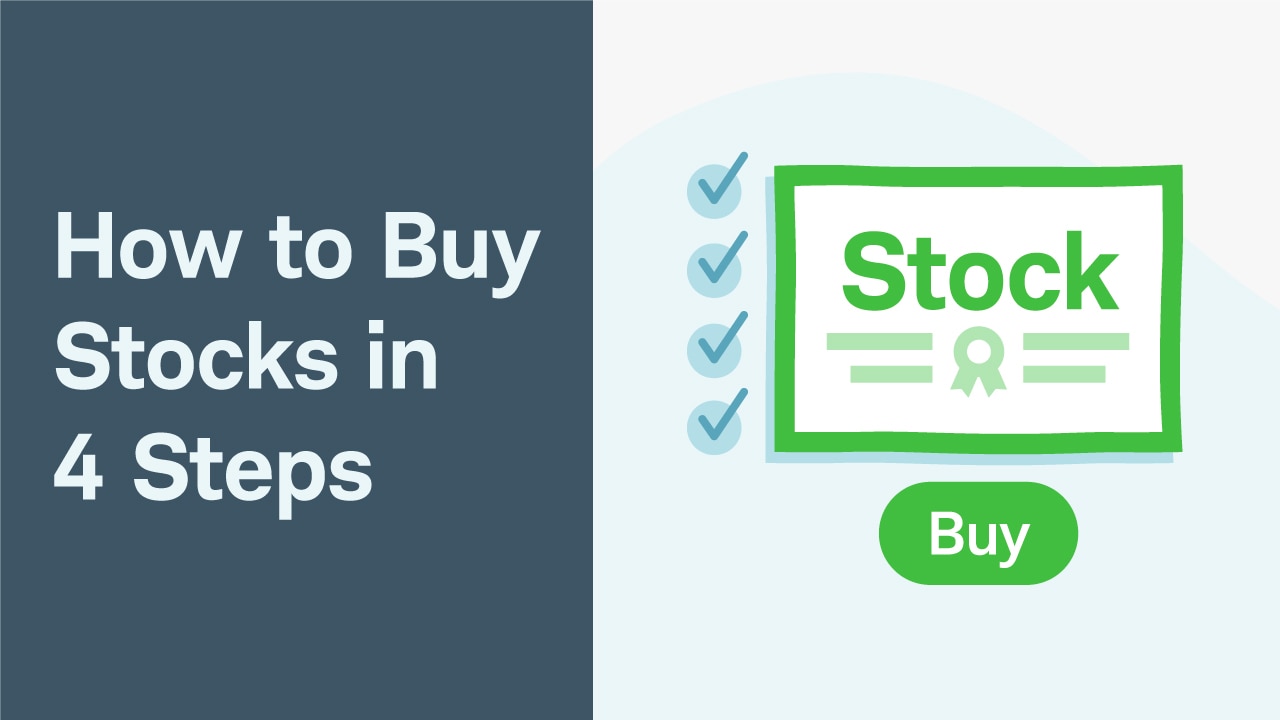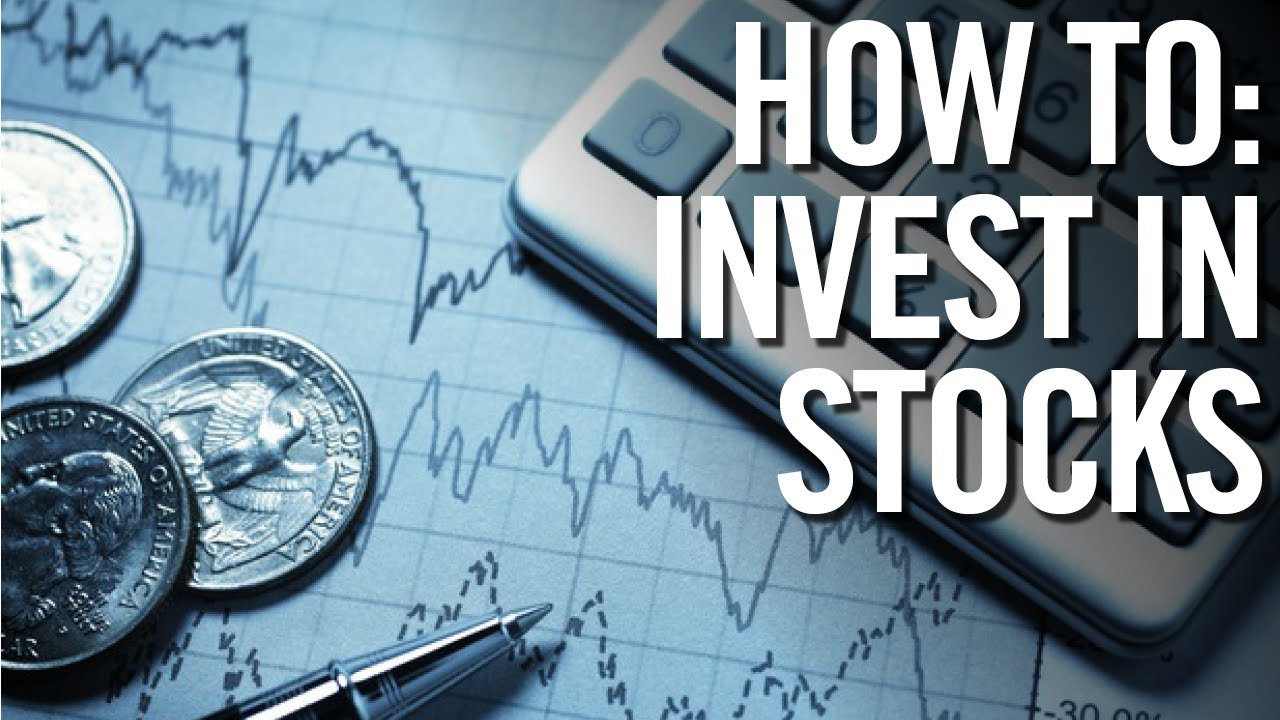Welcome to the world of Rumble stocks! If you're looking to dive into the stock market by investing in Rumble, you've come to the right place.
In simpler terms, buying Rumble stocks means you're investing in the company's equity—essentially purchasing a small part of the business. By acquiring Rumble stocks, you're not just hoping for a price increase; you're also buying into the potential growth of a platform that promotes free speech and independent content creators. In this guide, we will walk you through the necessary steps to help you successfully buy
Understanding the Stock Market Basics

Before diving into buying Rumble stocks, it's vital to grasp some fundamental stock market concepts. Understanding the stock market will give you the confidence and knowledge needed to make informed decisions during your investing journey. So, let’s break it down!
The stock market is essentially a marketplace where shares of publicly traded companies are bought and sold. Here are some basic terms to familiarize yourself with:
- Stocks: These are shares representing ownership in a company. When you buy stocks, you become a part-owner of that business.
- Broker: This is an individual or firm that executes the buying and selling of stocks on your behalf. Most people use online brokers for convenience.
- Dividends: These are payments made to shareholders from a company's profits, usually as a way to reward investors.
- Market Capitalization: This refers to the total market value of a company's outstanding shares. It helps categorize companies into small-cap, mid-cap, and large-cap.
- Volatility: This term describes how much the price of a security fluctuates over a certain period. Higher volatility means higher risk, but it can also present opportunities for gains.
By familiarizing yourself with these straightforward terms, you'll be better prepared to navigate the Rumble stock purchase process. Remember, investing in stocks is not just about buying low and selling high; it requires careful research, analysis, and sometimes a bit of patience!
Researching Rumble Financial Performance

Before diving into any investment, it’s crucial to grasp the financial performance of the company you're eyeing. In the case of Rumble, understanding its profitability, revenue growth, and market positioning will help you make an informed decision.
Start by examining key financial metrics. Here’s a handy list of what to look for:
- Revenue Growth: How fast is Rumble growing its revenue? Look for recent earnings reports or available financial statements.
- Net Income: Is Rumble turning a profit? Check their net income margins to see if they're operating efficiently.
- Cash Flow: Positive cash flow indicates good health. Ensure Rumble’s operations generate enough cash to sustain growth.
- Debt Levels: High debt can be a red flag. Investigate how much debt Rumble has compared to its equity.
- Market Trends: Consider the overall market conditions for digital media and entertainment industries, and how Rumble positions itself within that landscape.
Additionally, don't overlook qualitative aspects. Gauge consumer sentiment and Rumble’s brand perception by checking out social media feedback, news articles, or even reviews.
Finally, tools such as financial news websites or stock analysis platforms can provide insights into analyst ratings and future expectations. Trusted resources like Yahoo Finance or Seeking Alpha can be valuable for comprehensive data. Take the time to understand the full picture of Rumble’s financials before making any decisions.
Selecting a Stock Brokerage Platform
Once you’ve done your homework on Rumble’s financial performance, it’s time to pick the right stock brokerage platform to execute your trades. The right platform can make all the difference in your investing journey!
Here are some factors to consider when choosing a brokerage:
- Fees and Commissions: Look for a platform that offers competitive rates. Some charge per trade, while others may have subscription models or zero-commission trades.
- User Interface: A user-friendly interface can make your trading experience much smoother. Explore platforms to find one that feels intuitive for you.
- Research Tools: The best platforms offer research tools that allow you to dive deeper into financial data, stock performance, and market trends.
- Customer Service: Choose a broker with good support. When issues arise, you want a responsive customer service team to guide you.
- Account Types: Ensure they offer the type of account you want, whether it’s a standard brokerage account, a retirement account, or something else.
To help narrow things down, consider creating a comparison table to weigh the pros and cons of different platforms. Popular options include:
| Brokerage | Fees | User Interface | Research Tools |
|---|---|---|---|
| Broker A | $0 per trade | Intuitive | Robust |
| Broker B | $5 per trade | Simple | Basic |
| Broker C | $3 per trade | Moderate | Advanced |
Align the brokerage’s offerings with your trading style and goals for a better investment experience.
Creating and Funding Your Brokerage Account
Before you can buy Rumble stocks, you’ll need a brokerage account. This can feel a bit overwhelming if you’re new to investing, but don’t worry! Let’s simplify the process into a few easy steps.
First things first, choose a brokerage platform that suits your needs. There are numerous options available, such as:
- Traditional brokerages like Charles Schwab and Fidelity.
- Online brokers like E*TRADE, TD Ameritrade, and Robinhood.
Consider factors like:
- Trading fees - Are there any commissions when you buy or sell?
- User interface - Is it easy to navigate?
- Research tools - Does the platform provide adequate resources?
Once you’ve settled on a brokerage, it’s time to create your account. You’ll likely need to provide:
- Your personal information (name, address, Social Security number).
- Employment information and income details.
- Your financial situation, including assets and investment experience.
After you’ve completed the application, you may need to verify your identity, which can usually be done using an ID. Once approved, you can fund your account. This can typically be done through:
- Bank transfer (ACH).
- Wire transfer.
- Check deposits.
It’s worth noting that most brokerages have a minimum deposit requirement, so be sure to read the fine print. Once funded, you’re all set to start trading Rumble stocks!
Placing Your Order for Rumble Stocks
Now that your brokerage account is funded, it’s time to place your order for Rumble stocks! This part can be exciting—and maybe a little nerve-wracking, but let’s break it down step by step.
First, log into your brokerage account and find the stock search feature. Just type in "Rumble" or use its stock ticker symbol. Once you’ve located the stock, you'll typically see its current price along with options for making a trade.
When you’re ready to make your purchase, here are a few order types you might encounter:
- Market Order: This order buys Rumble stocks at the current market price. It’s quick and straightforward, but prices can fluctuate.
- Limit Order: With this order, you set a specific price at which you want to buy the stock. If Rumble hits that price, your order will execute. This gives you more control over the price you pay.
- Stop Order: This type is triggered once the stock reaches a specified price. It's excellent for preventing losses if the stock price drops.
After selecting your order type, input the number of shares you wish to purchase. Make sure to double-check everything—you wouldn’t want to make an accidental typo! Once you’re satisfied, confirm your order.
After your order is placed, you’ll receive a confirmation. Depending on the type of order, it will either execute immediately or wait for the conditions you set. Congratulations—you just took an important step into the world of investing by buying Rumble stocks!
7. Monitoring Your Investment
Once you've purchased Rumble stocks, it's crucial to keep a vigilant eye on your investment. Monitoring your stocks doesn't just mean checking your portfolio daily; it involves understanding market trends, company performance, and broader economic indicators that can affect your investment.
Here are some key points to consider when monitoring your investment:
- Track Stock Performance: Use a reliable stock market app or website to keep track of Rumble's stock performance. Look for daily, weekly, and monthly trends.
- Stay Updated on Company News: Regularly read news articles and press releases related to Rumble. Changes in leadership, new product launches, or significant partnerships can influence stock prices.
- Follow Industry Trends: Pay attention to the industry in which Rumble operates. Understanding market competition can provide insights on potential growth or risks.
- Review Financial Reports: Quarterly earnings reports can offer a wealth of information. Analyzing these documents can help you gauge the company’s profitability and future prospects.
Consider setting alerts for significant stock price changes or news articles using various stock tracking tools. This way, you won't miss any major developments.
8. Conclusion and Investment Tips
Investing in Rumble stocks can be an exciting venture, but like any investment, it comes with risks. However, with a clear strategy and ongoing monitoring, you can position yourself to make informed decisions that align with your financial goals.
Here are some quick investment tips to keep in mind:
- Start Small: If you're new to investing, start with a small number of shares. This way, you can learn the ropes without a huge financial commitment.
- Diversify Your Portfolio: Don't put all your eggs in one basket. Make sure your investment strategy includes a variety of stocks from different sectors to minimize risk.
- Have a Plan: Set clear investment goals and timelines. Decide when you plan to sell and stick to your strategy, even when market fluctuations occur.
- Stay Patient: Investing is often a long game. Don’t panic if the stock price dips; remember to think long-term.
In conclusion, buying Rumble stocks can be a rewarding investment with the right approach. Stay informed, be proactive in your monitoring, and always invest wisely!










